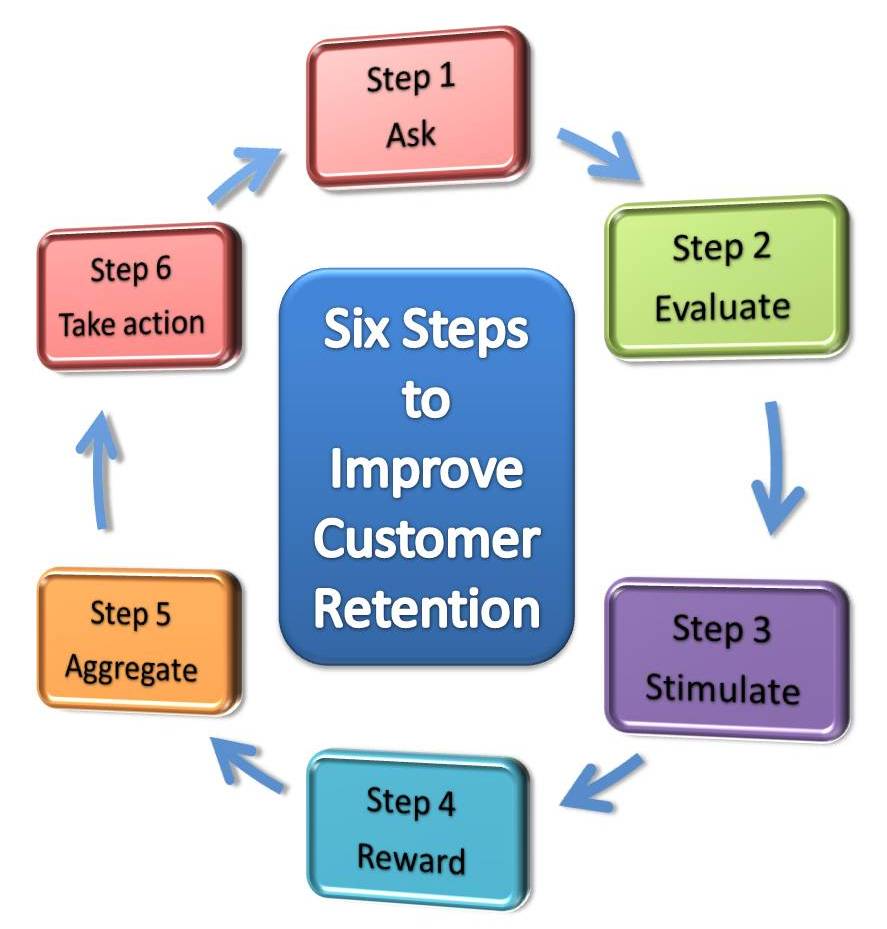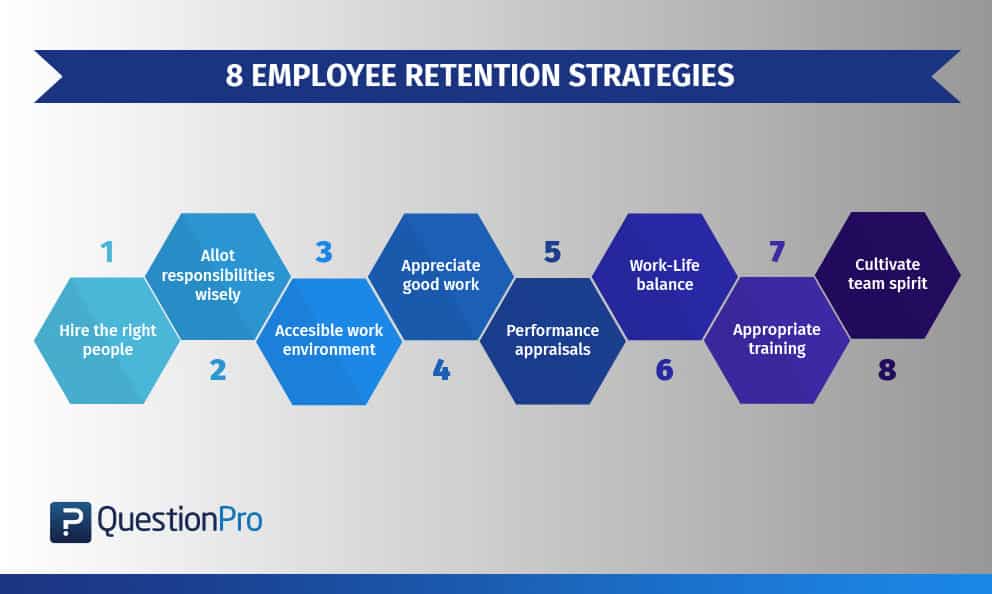
In the bustling world of small businesses, acquiring new customers is just half the battle. The real victory lies in keeping them. Imagine your business as a bucket; if it has holes, no matter how much water you pour in, it will never stay full. Customer retention is about plugging those holes to ensure your bucket stays full and overflows with loyal, repeat customers. So, how can you improve customer retention for small businesses? Let's dive in and find out.
Understanding Customer Retention: The Bedrock of Small Business Growth
Customer retention is not just about creating repeat customers; it's about fostering customer loyalty. It's about creating a bond so strong that your customers become your brand advocates. But why is it crucial for small business growth? According to a study by Bain & Company, a mere 5% increase in customer retention can lead to a 25% to 95% increase in profits. That's not a number to scoff at.
Retention Strategies: Plugging the Holes in Your Bucket
1. Know Your Customers: The Foundation of Client Satisfaction
To retain customers, you must first understand them. Who are they? What do they need? What do they expect from your business? Gathering and analyzing customer data can provide valuable insights. Tools like Google Analytics can help you understand customer behavior on your website. But don't stop at digital data; engage with your customers directly. Ask for feedback, run surveys, and most importantly, listen.
2. Exceptional Customer Service: The Holy Grail of Retention
Did you know that 89% of consumers have switched to a competitor following a poor customer experience? Exceptional customer service is not just about being polite; it's about going above and beyond. It's about solving problems proactively, offering personalized solutions, and always being readily available.
-28.png#keepProtocol)
3. Loyalty Programs: Rewarding Your Repeat Customers
Loyalty programs are a tried and tested retention strategy. They incentivize repeat purchases and make customers feel valued. But remember, not all loyalty programs are created equal. A successful loyalty program should be tailored to your customers' needs and preferences. It could be points-based, tiered, or even gamified. The key is to make it engaging and rewarding.
4. Personalization: Making Each Customer Feel Special
In today's digital age, personalization is easier than ever. Use customer data to create personalized experiences. This could be as simple as addressing customers by their names in emails or as complex as offering personalized product recommendations based on their browsing history. Personalization makes customers feel valued and understood, fostering loyalty.
5. Communication: Keeping the Conversation Going
Regular communication is key to retaining customers. This could be through newsletters, social media updates, or even personalized texts or calls. The goal is to keep your business at the top of their minds. But beware, there's a fine line between regular communication and spam. Always ensure your communication adds value to your customers.
The Role of Employee Engagement in Customer Retention
Engaged employees lead to engaged customers. According to a Gallup study, companies with highly engaged workforces outperform their peers by 147% in earnings per share. So, how do you engage your employees? By treating them the way you want your customers to be treated - with respect, appreciation, and empowerment.

Measuring Customer Retention: Are Your Efforts Paying Off?
To improve customer retention, you must first measure it. Key metrics include:
- Customer Churn Rate: The percentage of customers who stop doing business with you over a given period.
- Customer Lifetime Value (CLV): The total revenue a business can reasonably expect from a single customer account throughout the business relationship.
- Net Promoter Score (NPS): A measure of the likelihood of respondents to recommend your business to others.
Regularly tracking these metrics will give you a clear picture of your retention efforts' success and areas for improvement.
Conclusion: Plug the Holes and Watch Your Business Grow
Improving customer retention for small businesses is not a one-off task but a continuous journey. It's about understanding your customers, providing exceptional service, rewarding loyalty, personalizing experiences, and engaging in meaningful communication. It's about plugging the holes in your bucket so that it overflows with loyal, repeat customers.
Remember, acquiring a new customer can cost five times more than retaining an existing one. So, are you ready to shift your focus from acquisition to retention and watch your business grow?
FAQs
What is a good customer retention rate? A good customer retention rate varies by industry, but as a general rule, a retention rate of 85% or higher is considered excellent.
How do I calculate my customer retention rate? To calculate your customer retention rate, use the formula: ((CE-CN)/CS)) X 100, where CE is the number of customers at the end of the period, CN is the number of new customers during that period, and CS is the number of customers at the start of the period.
What are some common reasons for customer churn? Common reasons for customer churn include poor customer service, lack of value for money, competitors' offers, and changes in customer needs.
How can I win back lost customers? To win back lost customers, reach out to them, acknowledge their reasons for leaving, address their concerns, offer incentives to return, and assure them of improved experiences.
How does customer retention impact my business's bottom line? Customer retention directly impacts your business's bottom line by reducing acquisition costs, increasing customer lifetime value, and driving repeat purchases and referrals.

Posting Komentar